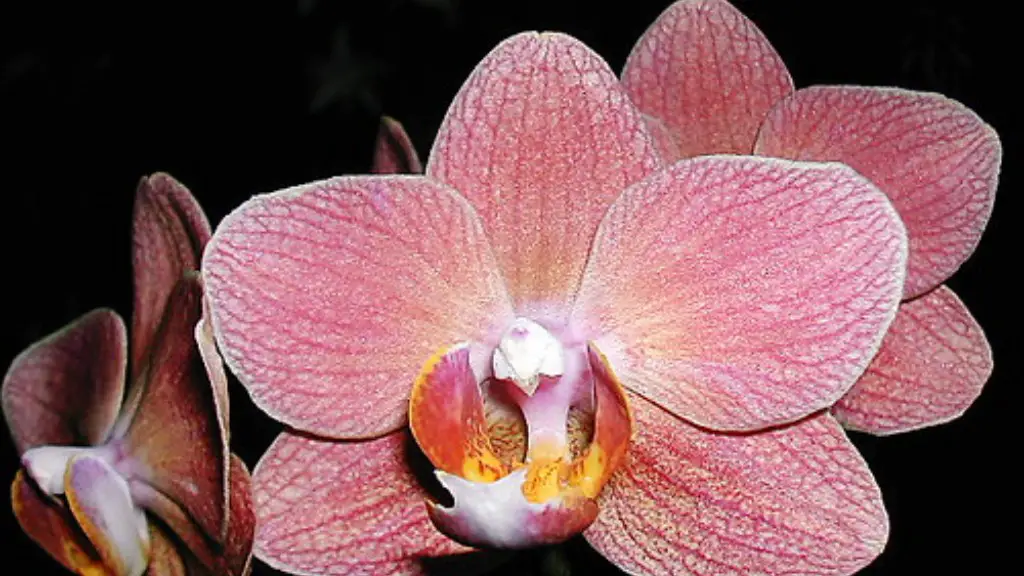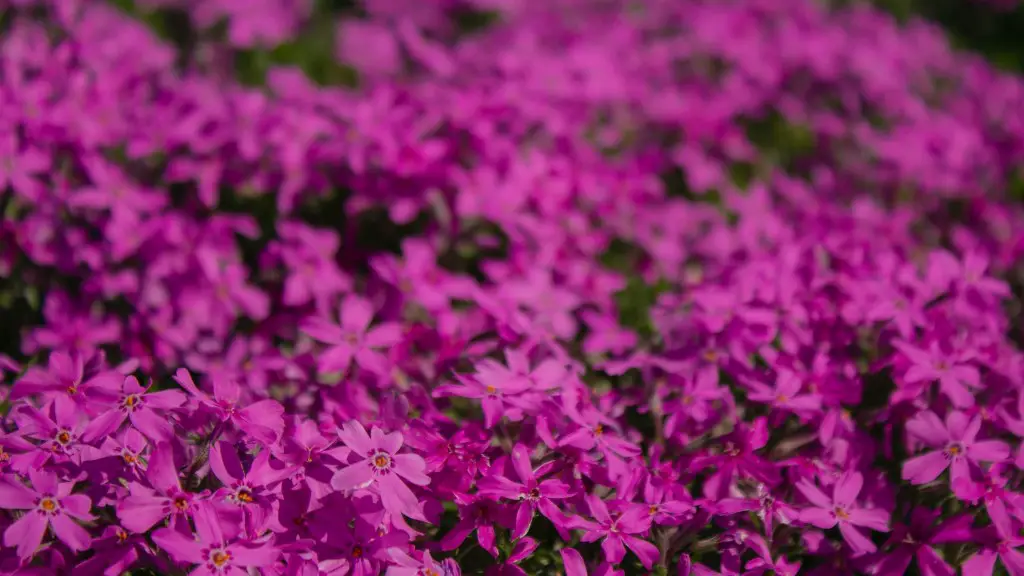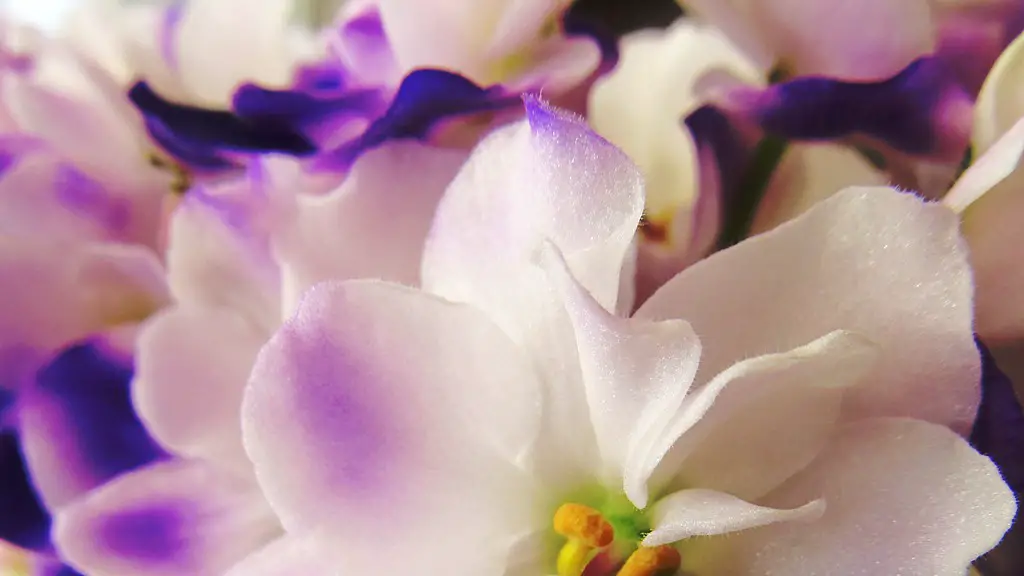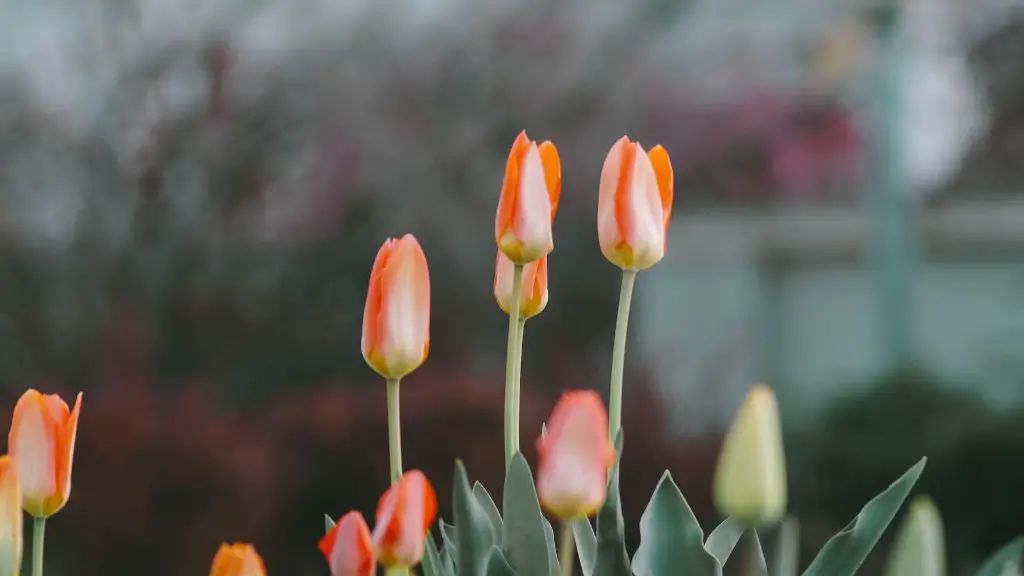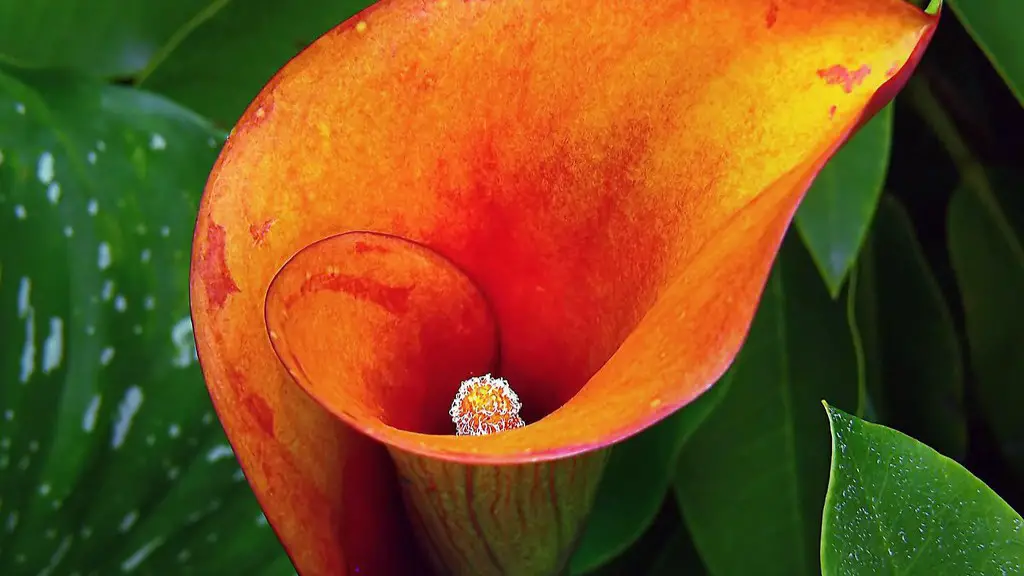This guide will teach you how to care for a Phalaenopsis orchid. Phalaenopsis orchids are one of the most popular types of orchids, and they are also one of the easiest to care for. With proper care, your Phalaenopsis orchid will bloom for many months.
To care for a phalaenopsis orchid, water it about once a week and keep it in a bright, indirect spot. The key to keeping this tropical plant healthy is good drainage, so be sure to use a pot with drainage holes and put it on a tray or saucer to catch any water that drips out. Let the potting mix dry out in between waterings, and fertilize every other month with a half-strength fertilizer.
How do I get my Phalaenopsis orchid to rebloom?
It’s important to provide your orchid with enough light if you want it to rebloom. Place your orchid in an area that receives bright, indirect sunlight. The more light your orchid receives, the longer its blooms will last and the greater its chances of reblooming.
If you have a Phal orchid that is potted in bark, you will generally only need to water it once a week. If your Phal is potted in moss, you will need to water it when the top feels dry. The amount of light and heat that your plant receives will also affect how often it needs watering. In the summer months, your Phal will need to be watered more frequently, whereas in the winter it will need less watering.
How long does a Phalaenopsis orchid plant last
If you want your Phalaenopsis orchid to last for many years, it is important to take care of it properly. These plants are not difficult to care for, but there are a few things to keep in mind. First, they need a bright location but not direct sunlight. Second, they like to be kept moist but not wet, so be sure to water them regularly. Third, they need good air circulation. Lastly, they should be fertilized monthly during the growing season. If you follow these simple guidelines, you will be able to enjoy your Phalaenopsis orchid for many years to come!
Water your orchid weekly, even if it no longer has blooms. Fertilize it regularly and give it plenty of indirect light. Move it to a cooler room if necessary. Give some life to your dormant orchid by following these tips!
What triggers flowering in Phalaenopsis?
Most phalaenopsis species are native to areas close to the Equator and do not need a specific photoperiod to induce flowering Instead, it is the low temperature that triggers phalaenopsis to start the flowering process.
If your orchid has an unhealthy, brown spike, you should cut it all the way back to the base of the plant. If your orchid has a double-spike, you should cut one spike at the base of the plant and cut the other spike 1 inch above the node under the lowest flower bloom.
Should orchids be watered from the top or bottom?
Orchids like a humid environment, so topping their pots with pebbles and filling the tray with water is a great way to create a humid environment for them. Just make sure the water doesn’t touch the bottom of the pots, as this could lead to root rot.
Orchids love humid conditions because they are a tropical plant. The easiest way to recreate their humid home is by misting them with a spray bottle.
How do I know if my Phalaenopsis needs water
Your orchid is receiving the right amount of water if the leaves are shiny and firm and the roots are firm and green. If the roots become dark and dry, it means the orchid is not getting enough water. Too much water can cause yellow, brown or hollow/flat roots.
The flowers of a phalaenopsis orchid are beautiful and can bloom for several months. However, the plant needs to be pollinated again during this period in order to continue growing. It can take anywhere from 9 to 14 months for an orchid to complete a life cycle. If it does not die, it can typically re-bloom once every 8 to 12 months.
How long should I soak my Phalaenopsis orchid?
It is important to water your orchid evenly, and to allow the water to drain out completely after soaking for about 10 minutes. This will help to ensure that the roots grow evenly and deeply. You can tell if your orchid needs water by feeling the weight of the container; it should be heavy when properly watered.
It’s that time of year again when the Phalaenopsis orchids in our collection start to lose their blooms. Some will remain in bloom for awhile longer, but the ideal time to repot orchids is when they go out of bloom. So if you have a Phalaenopsis orchid that needs repotting, now is the time to do it!
Do Phalaenopsis orchids Rebloom on the same stem
Phalaenopsis orchids are one of the most popular types of orchids, and they are also one of the easiest to care for. These beautiful flowers will typically bloom once a year, but with a little extra care, they can often be induced to bloom a second time. If you want your Phalaenopsis to re-bloom, here are a few tips to help you succeed:
First, make sure that you are providing your orchid with the proper amount of light. These plants do best in bright, indirect light. Too much direct sun can damage the flowers, so if you’re growing your orchid outdoors, make sure it is in a spot that gets plenty of filtered sunlight.
Secondly, water your orchid regularly, but make sure that the potting mix is allowed to dry out somewhat between waterings. Over- watering can damage the roots and lead to problems with blooming.
Finally, give your plant a little boost by fertilizing it once a month with a balanced fertilizer meant for orchids. This will help provide the nutrients your plant needs to produce those beautiful blooms.
With a little extra care, you can enjoy the beauty of Phalaenopsis orchids blo
We all know that orchids are one of the most beautiful and delicate flowers. But did you know that with a little care, you can get them to bloom again? Here are some simple steps to help your orchids rebloom:
1. Continue to water your orchid with 3 ice cubes once a week.
2. Fertilize your orchid once or twice a month using a balanced houseplant fertilizer at half strength.
3. Help your orchids grow by providing plenty of indirect sunlight.
4. Put your orchid in a cooler spot at night.
With a little patience and care, you’ll soon be enjoying the beauty of orchids in bloom once again!
Can an orchid come back after losing all leaves?
Orchids are a beautiful and unique addition to any home or garden. Unlike most flowers, they can bloom multiple times throughout their lifetime with proper care. In fact, orchids will often rebloom on the same flower spike if it is still green. If you want to promote new growth, you can cut the old flower spike back to a node. With proper care, your orchids will continue to bloom for years to come!
When using coffee grounds as a fertilizer, it is important to make sure that the potting mix is a little damp before applying. This is because coffee grounds can burn the roots if they are completely dry. Coffee grounds are an excellent fertilizer, especially for orchids and African violets.
How do I know if my orchid is stressed
The microclimate of higher humidity helps prevent heat stress and aids stressed plants in recovering. By keeping the air around your plants more moist, you can help them stay healthy and avoid the negative effects of heat stress.
If your orchid’s flowers are falling off, it is most likely because the plant is finished blooming. The orchid is about to enter a hibernation period where it will rest before blooming again. Other reasons for flowers dropping include overwatering, underwatering, lack of sunlight, and too much sun.
Warp Up
When it comes to taking care of a Phalaenopsis orchid, there are a few key things to remember. First, this type of orchid thrives in humid conditions, so be sure to mist the leaves regularly. Second, they prefer indirect sunlight, so avoid placing them in a spot that gets too much direct light. Third, water your orchid regularly, but be sure to allow the soil to dry out completely between watering. Lastly, fertilize your orchid every other week using a balanced fertilizer. Following these simple tips will help you keep your Phalaenopsis orchid healthy and happy!
When it comes to taking care of a Phalaenopsis orchid, there are a few key things to keep in mind. First, make sure that the plant has well-drained soil and that it is not sitting in water. Secondly, Phalaenopsis orchids prefer bright, indirect light. So, if you can, place the plant near a window where it will get some light, but not be in direct sunlight. Lastly, be sure to give the plant a light misting every few days and water it when the soil is dry to the touch. With a little bit of care, your Phalaenopsis orchid will thrive!
